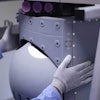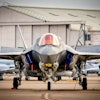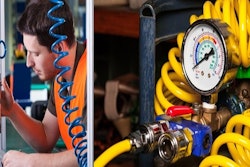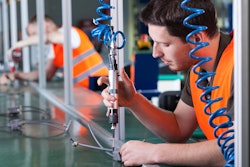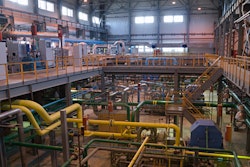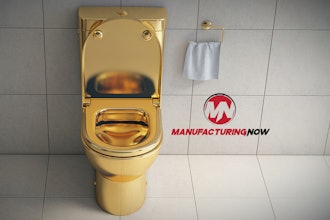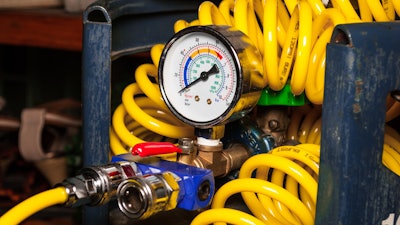
This third of a four-part series on air compressor purchasing tips provides advice from experts on operational and energy efficiency benchmarks.
What do you feel are the most important enhancements focused on improving air compressor efficiency?
Lane Hawkinson, Rogers Machinery Company: Compressors are about as efficient as they can get with current manufacturing technology. The majority of energy savings comes from using the proper control scheme on the compressor and making improvements to the compressed air distribution system.
Under-sized piping and inappropriate uses of compressed air are the most common things we see in a compressed air system that results in higher than necessary energy costs. These are also the items that are most easily fixed.
Chad Larabee, Ingersoll Rand
Chad Larrabee, Ingersoll Rand: From a demand side, the low hanging fruit is always leaks. Leaks can account for up to 50 percent of the compressed air consumption. A solid leak assessment program can minimize wasted air and improve your overall cost of operations.
Most service providers of compressed air equipment offer leak detection services and should be done monthly. Most common is ultrasonic leak detection where the leaks are identified and tagged for repair later, when the system is down.
From a supply side, it’s all about controls. If you are running two or more compressors without a smart master controller you are likely running too many compressors, over-pressurizing your system, and/or running the wrong combination of compressors. All of which cost more energy to run than is necessary. Consider a master controller for multiple compressor installations.
Paul Humphreys, Atlas Copco
Paul Humphreys, Atlas Copco: VSD Compressors. Manufacturing facilities often waste substantial amounts of energy by running their machines at full capacity despite having variable demand loads. To minimize energy consumption, VSD compressors adjust the unit’s motor speed to match air demand, thereby reducing energy costs an average of 35 percent.
Central controllers. Central controllers keep the most economical compressors and dryers working together to match changes in air demand. The controller uses information on pressure changes and compressor loads to predict changes in the system. Using this data, the controller can perform calculations to predetermine the air demand and whether to off load, load, start or stop machines. If properly dimensioned, the controllers can keep pressure fluctuations within ± 0.2 bar.
Remote monitoring. Remote monitoring provides insights into system performance and machine data through the use of machine sensors. Users can log on to the online dashboard to access information on temperature, pressure, energy consumption, loaded hours, unloaded hours, upcoming maintenance and more. The remote monitoring system can take this data and graphically display the information so users can identify trends and operating patterns over designated periods of time. In turn, the information can then be used to improve operating efficiencies.
Michael Camber, Kaeser Compressors
Michael Camber, Kaeser Compressors: First and foremost, proper sizing – many systems are oversized and waste energy cycling and idling too much. Splitting load among two or more compressors can improve energy efficiency and optimize run times for longer life.
Also, control them with a smart controller, apply variable frequency/speed drive compressors when appropriate, and get a proper air energy audit to determine current specific performance (kW/100 cfm) of the whole system.

